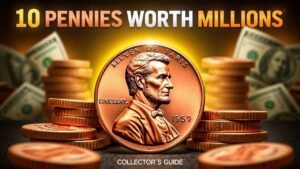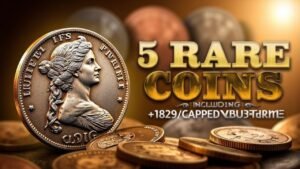Coin collecting is not just a hobby; it’s a journey that can lead to discovering rare and valuable pieces of history. While many coins are worth only their face value, others have appreciated significantly over the years due to their rarity, historical importance, or unique characteristics.
In this article, we will explore six rare coins that could make you $10,000 richer if you find them. These are the hidden gems that collectors and investors seek, and knowing what to look for can turn a casual coin collection into a treasure trove.
1943 Copper Penny
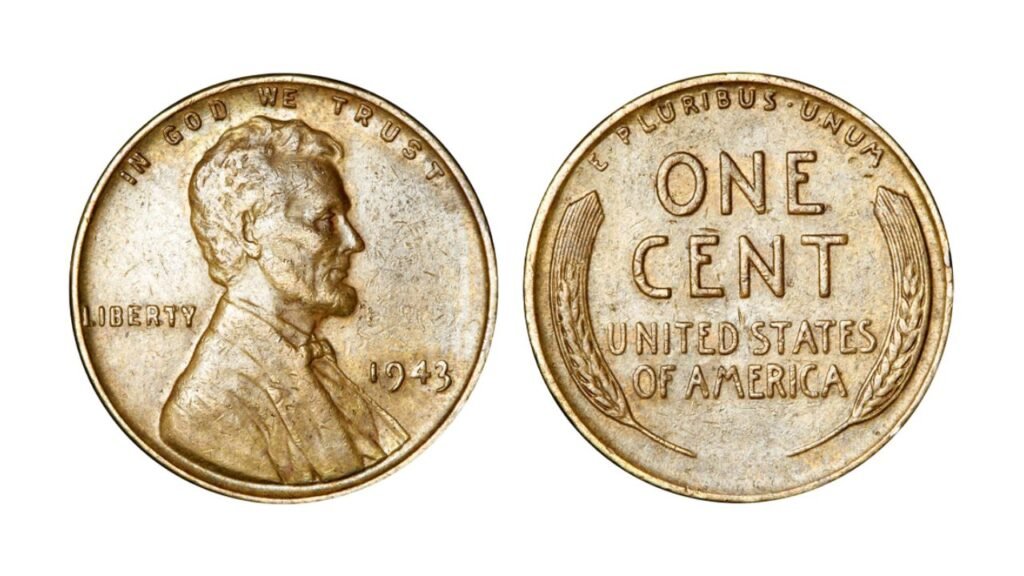
The 1943 Copper Lincoln Wheat Penny is the holy grail of coin collecting. During World War II, the U.S. Mint began making pennies out of steel to preserve copper, but a few copper blanks accidentally ended up in the production process. These rare coins, with or without mint marks (“D” for Denver, “S” for San Francisco), can bring in $10,000 to over $100,000 if they are still in mint condition.
How to identify it? Perform a magnet test. If your 1943 penny doesn’t stick to the magnet, you might have a copper rarity in your hands.
1955 Doubled Die

The 1955 Doubled Die Lincoln Cent exemplifies the sheer value that results from a minting error: the penny prominently doubles the lettering, specifically in “IN GOD WE TRUST” and “LIBERTY.” Indeed, the effect is so conspicuous that it stands out to any observer who will glance at it.
Circulated versions sell for about $1,000. Uncirculated specimens can fetch over $10,000. It is popular with collectors because of its dramatic error and striking appearance.
1983 Doubled Die Reverse
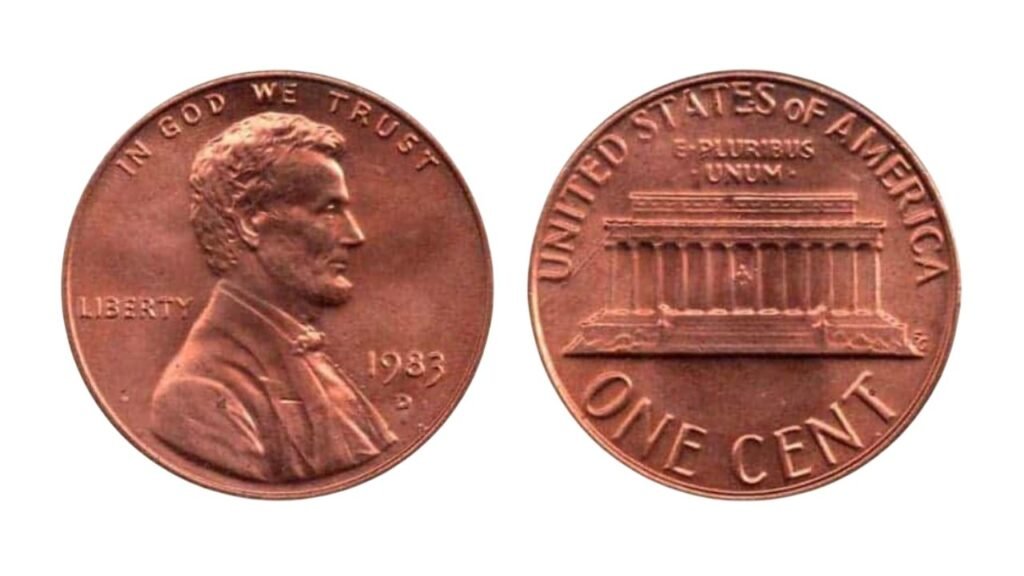
The 1983 Doubled Die Reverse Penny is one of the marvels of modern errors that arise from the transition from copper to zinc. The error shows doubling on the reverse side in “ONE CENT” and “UNITED STATES OF AMERICA.
A true 1983 Doubled Die Reverse Penny weighs about 2.5 grams since it’s a zinc coin. Mint-condition examples can bring up to $15,000, so it’s a watch for collectors.
1969-S Doubled Die
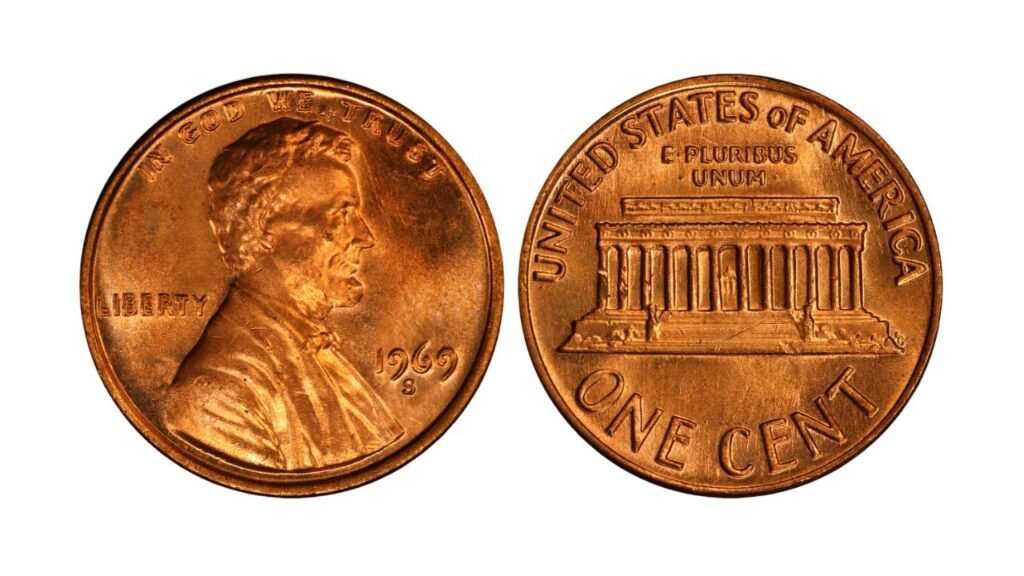
The 1969-S Doubled Die Lincoln Cent is a unique combination of the San Francisco mint mark and a very strong doubling error. The doubling is clearly visible in “IN GOD WE TRUST” and “LIBERTY” on the obverse side.
This one is $10,000 to $70,000 for high-grade specimens and is among the most valuable modern pennies. The error has to be closely examined to spot, and it is worth the trouble.
1972 Doubled Die
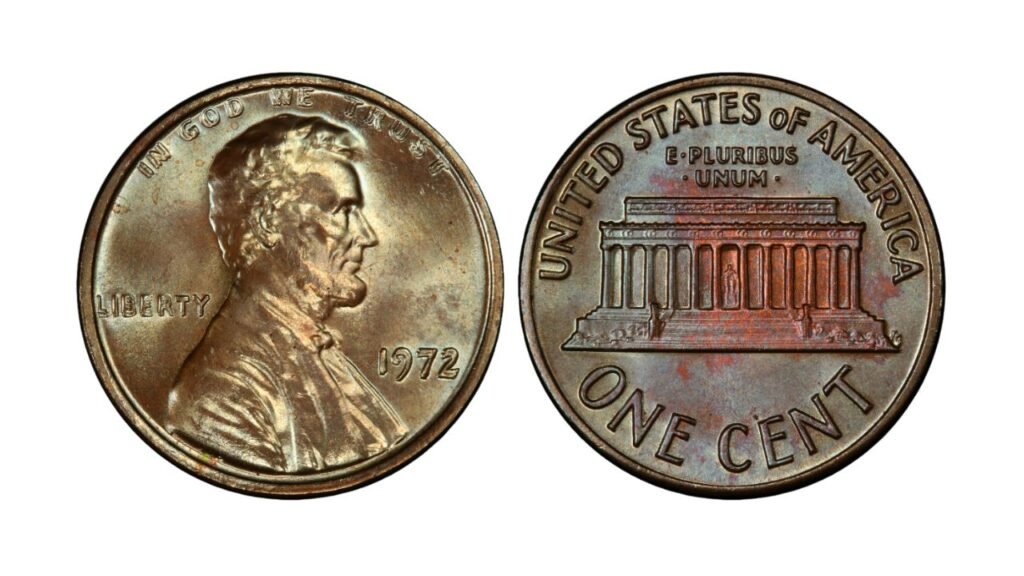
The 1972 Doubled Die Lincoln Cent also features an obverse doubling, particularly noticeable in “LIBERTY” and “IN GOD WE TRUST.” While not as rare as the 1955 or 1969-S errors, uncirculated examples can still exceed $10,000 in value.
Circulated coins with this error are worth several hundred dollars, proving that even minor mistakes can lead to big payouts.
1982-D Small Date Copper

The 1982-D Small Date Copper Penny is one of the transition pieces between copper and zinc coinage. It was minted on a copper planchet instead of zinc and carries the Denver mint mark (“D”) and the small date variety.
The actual weight of a real copper 1982-D penny is approximately 3.1 grams. In contrast, zinc coins weigh 2.5 grams. This rare penny is sold for over $10,000 if it’s a high-grade example. It’s a great find for any collector.
Conclusion
These rare pennies demonstrate how minor errors or changes in minting can turn ordinary coins into extraordinary treasures. Whether you’re a seasoned collector or a casual enthusiast, checking your change for these valuable varieties might just lead to a once-in-a-lifetime finding.
FAQ’s
Why is the 1982-D Small Date Copper Penny so unusual?
It was minted in copper rather than zinc in a special year.
How do I find a 1943 Copper Penny?
Test a magnet; real copper pennies won’t attach to magnets.
What is the price of the 1969-S Doubled Die Penny?
High-grade examples go for $10,000 and up to as much as $70,000.
What sets the 1955 Doubled Die Penny apart?
It includes extreme text doubling that can easily be seen by eye.

